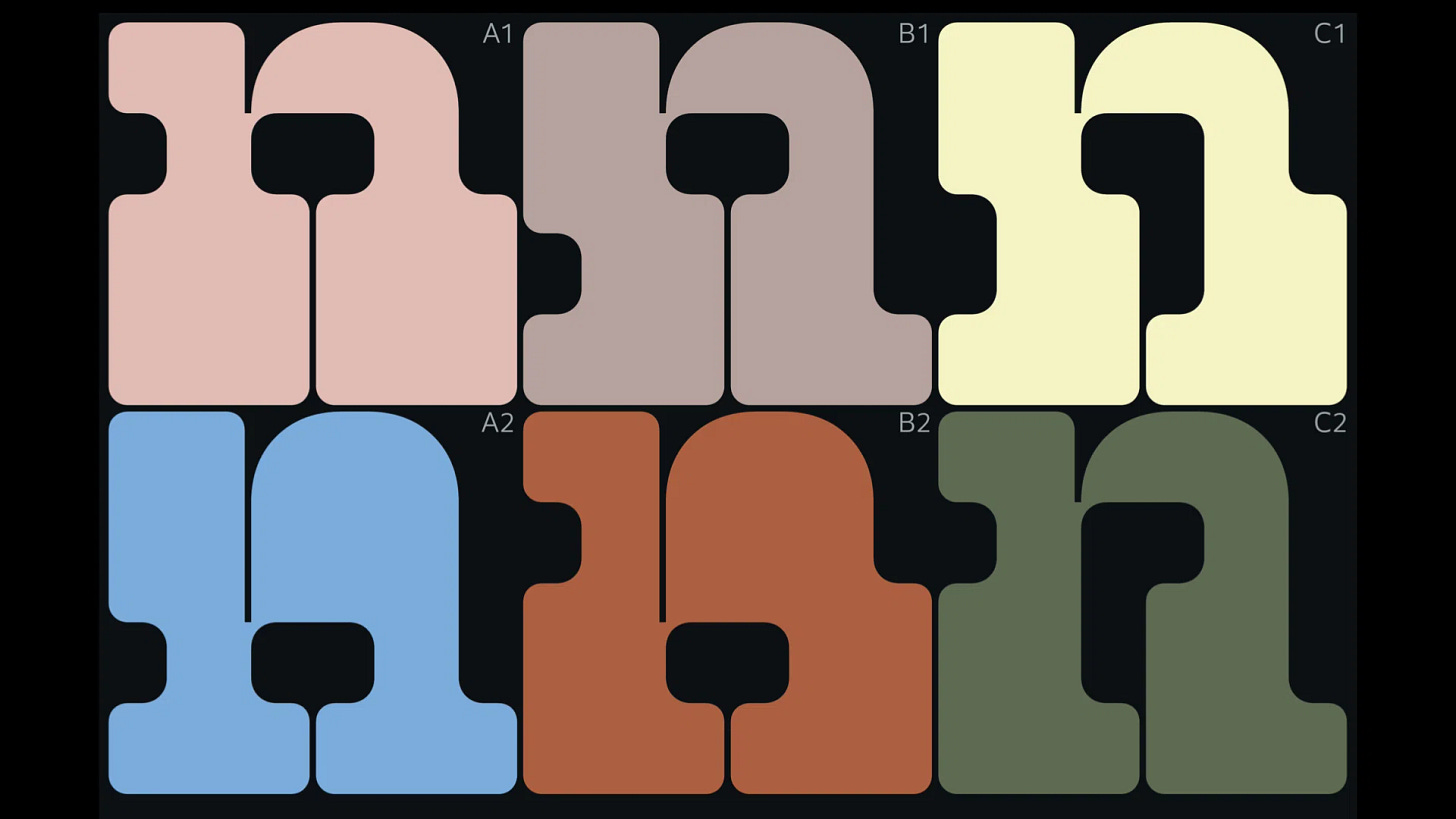Welcome to the first subscriber-only edition of The Overlap!
I was encouraged by a reader last week. They shared I should write more often. I thought, what the hell. Let’s try it.
Currently, The Overlap publishes every other week. We’re going to try every week.
Here’s what we’ll do. Free subscribers will continue to get The Overlap every two weeks. Paid subscribers will get The Overlap every week.
September 28 (today!): subscriber-only edition
Edit 9/28/22: I accidentally hit publish instead of schedule. 🤦🏽♂️ So it’s out a day early!
October 6: free edition
October 13: subscriber-only edition
October 20: free edition
October 27: subscriber-only edition
Biweekly posts are still going to go out—still public, still free. In addition to these free biweekly posts, I’ll release subscriber-only posts every other week as well. We’ll try this until October 27.
Why stop at October 27?
I have a work sabbatical starting November 7! garden3D offers a 6-week week sabbatical for people who’ve been there for 3 years.

Amazing, right?
My sabbatical ends December 16, and I have December 17 to January 1 off for holiday break.
From November 7 to January 2 I plan to take time off The Overlap. Paid subscriptions will be paused on November 7 and resume on January 2nd. Meaning, you won’t be paying for anything November and December.
Will I get subscriber-only editions in January when you’re back from Sabbatical?
It depends on what the interest level looks like!
If >15 readers subscribe before October 27, I’ll resume your subscription and continue to publish subscriber-only posts in January. More than 15 subscribers tells me “Hey, there’s some interest here! Let’s keep this going.” (For context, The Overlap has 1098 subscribers.)
If <15 readers subscribe before October 27, I most likely will stop the subscriber-only posts. And resume free editions every other week. In this instance, you’ll no longer pay for a subscription.
Why are you doing this?
I want to test my assumption that few readers want The Overlap more often. I see myself writing long-term, so I want to explore asking my most committed readers for their financial support!
My goal for you is that these subscriber-only editions are 🔥.
Thank you for subscribing!
Okay, onto the post.
“Users”
“Individual contributor”
“Key drivers”
“Product”
Every organization uses common words but puts its own meaning to them.
For example. “Product” at Shopify means something very different from “product” at, say, Govrn — a tool that helps DAOs record people’s contributions.
To Shopify, “product” could be used in many different ways:
“Evelyn works on the website builder product.”
“These past flows didn’t have enough product thinking — we should try to understand our user’s pain points better before building”
“Adrian is a product manager, but Jamie is platform manager”
“Our merchants sell physical products”
While at Govrn, “product” could specifically mean their MVP:
“Our product is currently in beta!”
“Product” at Govrn may not carry the same meaning as “product” at Shopify. And I'm intrigued by this—we use “product” so damn often at work and in our industry.
Other common words take on different meanings across different organizations. “Individual contributors” might mean one thing to Meta but another to Metalabel. Same with “goals,” “OKRs”, and “operational complexity.” Even “diversity.” These words carry very specific meaning to the people in their organization, even when we use these words across our industry.
Embrace shared language
As product managers and organization designers, one thing we get better at is creating a shared language.
Here’s an example from my job at garden3D. Every team has an “Air Traffic Controller” role. ATC, for short.
An ATC1 isn’t a project manager. They’re not necessarily a technical lead either. They’re just the person whose sole job is to help their project run as smoothly as possible. They’re aware of everything: deadlines, stakeholders, internal meeting times, client meeting times, team dynamics, client dynamics, etc.
When I describe “the ATC” to people outside of my company, they say, “isn’t that just a project manager role?”
I’m like, “yeah… but we avoid the word ‘project manager.’ Mainly because people who typically hold that as their title make project management their full-time job. While we encourage strategists, designers, and developers to take on an ATC role, we want them to contribute to other projects in their discipline.”
“Hm. I think I get it. But isn’t that just a project manager?”
The point is: “ATC” takes a specific meaning at garden3D, even if it doesn’t entirely make sense to folks outside of garden3D. This specific meaning is helpful to our org, even if it’s confusing/funny to others. It’s clear to us when someone says “Tim is playing the ATC role on Swell.” If it makes sense to us, why change it?
John Cutler says to make language unique to your org:
The big lesson I’ve learned over the years is to make the language unique to your company. When pressed for language, teams hit Google and come back with a model like “performance features, delighters, and table-stakes”. Or “protect revenue, increase revenue”. While helpful (especially to some people), this is never the whole story.
Our organizations benefit from a shared language. So when there isn’t a shared language, create space for aligning on it!
This brings me to an implication I’ve been nerding out on: you can change your organization by changing the words you use. And/or changing the meaning of the words you use.
If you change language, you can change culture
Every organization struggles when trying to change. Old assumptions are usually in the way. To do things differently, the org needs to act on different assumptions. Old assumptions are rooted in the words they use. So, weed out old assumptions and practice new assumptions.
Keep reading with a 7-day free trial
Subscribe to The Overlap to keep reading this post and get 7 days of free access to the full post archives.


